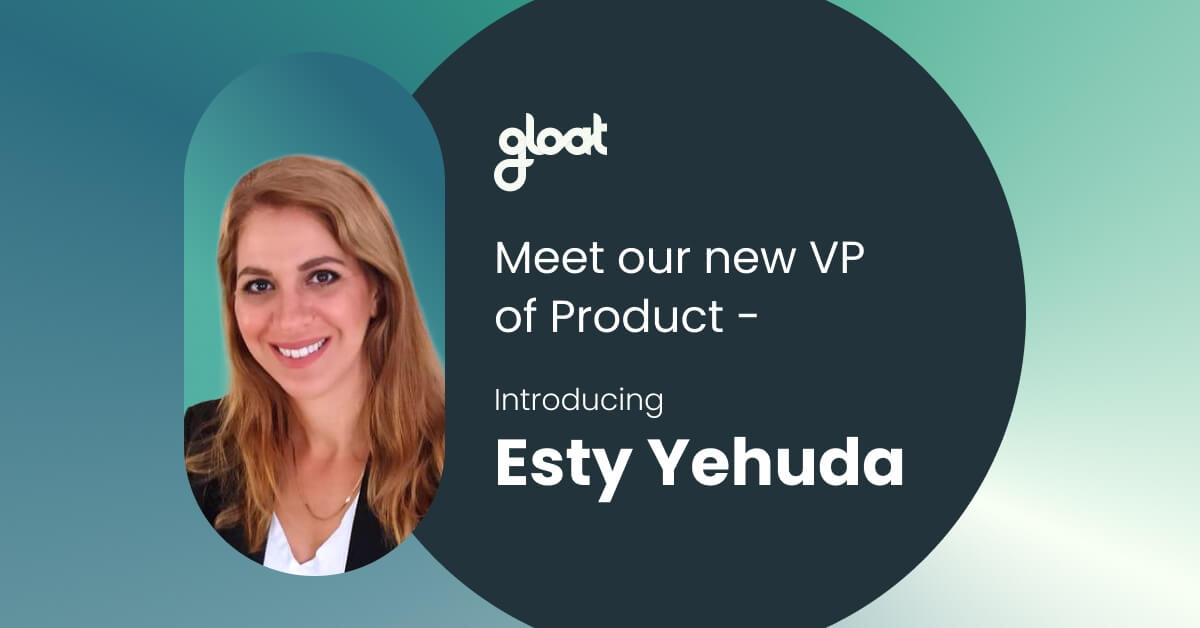Benefits of workforce planning in modern organizations
Find out why getting in-depth insights into future skills needs pays off

We all navigate journeys more successfully when we’ve got a roadmap—and businesses are no exception. While leaders in decades past could feel confident making assumptions about their workforces’ needs, that’s no longer the case in our ever-evolving Post-Industrial Era of work.
Today, organizations need real-time access to data-driven insights so they can continuously evolve their strategies as priorities shift and new challenges emerge. Many leading companies are turning to AI-powered skills intelligence systems like Gloat’s Skills Foundation to access this information and embrace more agile ways of working.
Ultimately, workforce planning can make or break every company’s transformation strategy. Businesses that harness AI-powered innovations to track workforce skills and rapidly respond to new opportunities will reap many benefits and secure their status as top performers in our new world of work.
The importance of workforce planning
Workforce planning is the process of analyzing, forecasting, and planning workforce supply and demand, evaluating knowledge gaps, and determining target talent management strategies to ensure businesses have the right people with the right skills in the right places at the right times.
When companies can identify emerging knowledge gaps before they snowball into larger talent shortages, leaders can devise targeted skill-building programs to future-proof their workforces. Consequently, workforce planning is essential for organizations that wish to outpace their competition, pivot ahead of the curve, and pave a pathway to sustained success.
Strategic benefits of workforce planning
The right workforce planning approach offers the following strategic advantages:
#1. Greater alignment with organizational goals
A core component of workforce planning is ensuring that leaders are aligned with one another and possess a shared understanding of their organization’s long-term goals. By ensuring all stakeholders are on the same page about future skill needs, HR can feel confident that their initiatives will work in tandem with their company’s overarching strategic vision.
#2. Enhanced organizational agility
The best workforce planning strategies align workers to projects and tasks based on their competencies. Breaking down work at the skill-level—as opposed to turning to job titles as the determining factor—equips organizations to pivot and react to challenges in record time. Overall, skills-based organizations are 57% more likely to anticipate change and respond effectively than their competitors.
#3. More diverse and inclusive workforces
Skills-based workforce planning removes many of the barriers that have traditionally held employees from underrepresented groups back. When hiring managers get recommendations for who to staff on a project based on their skills—not the names on their resumes or where they went to school—leaders can feel confident that they’re empowering workers from all walks of life to grow within their companies.
#4. Improved competitive advantage
Workforce planning enables leaders to get ahead of impending skill gaps and tackle emerging challenges efficiently. As businesses become adept at anticipating workforce skill needs and responding accordingly, these organizations will quickly begin to outpace their competitors.
Operational benefits of workforce planning
In addition to the strategic benefits associated with workforce planning, there are also some operational advantages, such as:
#1. Decreased hiring costs
When businesses participate in workforce planning, leaders walk away with clear insights about the skills they will need to hire for and those that can be built internally. As a result, companies can reduce talent acquisition expenses by ensuring they are only turning to external hiring when it’s a business necessity.
#2. Better resource allocation
Every employee is capable of so much more than what they were hired to do. If businesses don’t have the right approach to workforce planning, they will miss out on the chance to tap into the full breadth of their workforce’s skills. In contrast, companies that excel at workforce planning can redeploy and reallocate talent to ensure transferable skills are being used to their advantage.
#3. Better HR decisions
Workforce planning equips HR leaders with data-driven insights that they can in turn use to inform their decision-making. For example, workforce planning can spotlight emerging skill gaps. Armed with insight into these impending knowledge shortages, HR leaders can decide when and how they want to introduce upskilling and reskilling strategies in response to these gaps.
#4. Optimized workforce productivity
When work is unboxed from jobs, it empowers employees to put their skills to use across their entire company, rather than working solely within their individual departments. Through skills-based workforce planning, leaders unlock their workforce’s full potential because everyone is encouraged to contribute to projects, regardless of which function or team owns it. Due to this shift in perspective, skills-based organizations are 49% more likely to maximize efficiency when compared to their peers that rely on job-dominant operating models.
Long-term benefits of workforce planning
Rather than serving as a short-term win, the right workforce planning strategy comes with several big-picture benefits:
#1. More strategic training and development
In today’s talent landscape, no company can afford to sit back and let skill gaps widen. Yet without insight into which skills are on the rise and on the decline, that’s exactly what some leaders are doing. When executives harness skills intelligence systems to upgrade their workforce planning approach, they can devise targeted L&D programs that are rooted in the competencies employees need to build.
#2. Better employee retention
When employees are confined to performing responsibilities within a rigid job description, they rarely have the chance to pitch in on different types of projects and broaden their skill sets. Without a skills-based workforce planning strategy, people will eventually grow tired of executing the same set of tasks and begin to disengage—which will ultimately take a toll on retention rates.
#3. Fewer talent gaps
All too often, leaders aren’t aware of skill gaps until they’ve negatively impacted operating models and business practices. In contrast, companies that participate in strategic workforce planning can identify potential talent shortages and put a stop to these gaps once and for all.
#4. Fewer risks
In a world of constant change, anticipating and preparing for upcoming disruptions is half the battle. Workforce planning helps leaders gain insight into the priorities that lie on their horizons so they can begin strategizing accordingly and minimize the level of risk their organizations encounter.
Cultural and employee experience benefits
Workforce planning is a win-win scenario. Beyond the business-wide benefits associated with this process, it has some impressive upsides for employees, including:
#1. Enhanced employer branding
Companies that prioritize workforce planning tend to have comprehensive skill-building programs that will enable their people to future-proof their careers. Many of these initiatives—such as mentorship programs and project-based learning—showcase how committed these organizations are to growing their people, which in turn bolsters employer branding.
#2. Improved engagement and satisfaction
At many companies, employees lack visibility into the skills they will need to hone to take their careers to the next level or move into their desired roles. Rather than letting this uncertainty turn into resentment and disengagement, people at companies that prioritize workforce planning can gain insights into the capabilities they must build to move into the roles of their dreams.
#3. Better work-life balances
When leaders develop an in-depth understanding of where skills lie, they can ensure that multiple people and teams possess overlapping competencies. That way, managers no longer have to turn to the same one or two employees who possess in-demand expertise, in turn enabling the entire workforce to enjoy a better work-life balance.
Want to learn how one leading pharmaceutical company leveled up its workforce planning strategy to unlock hours and pave the way for greater agility? Check out Novartis’s case study to learn about their game-changing initiative.





